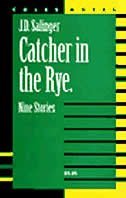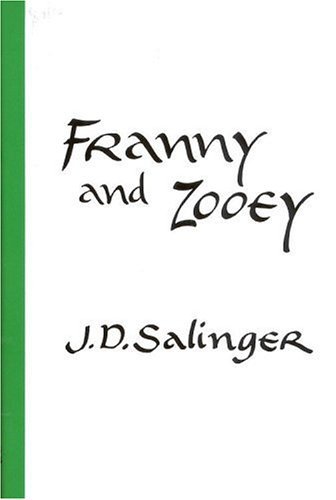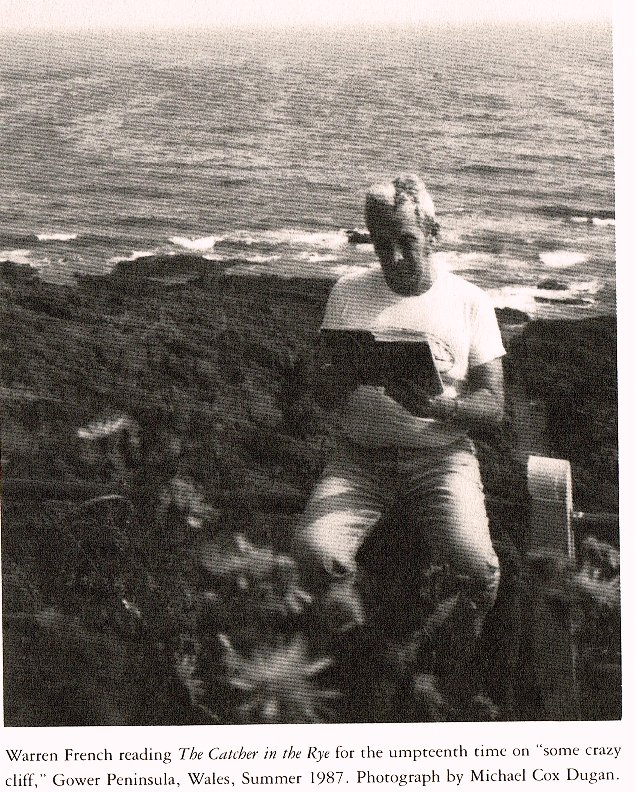Thanks to Brian McTague for contributing the bulk of this content for the “Teddy” Reader’s Guide.
Publication Details:
Published in The New Yorker January 31, 1953, pages 26-34, 36, 38, 40-41, 44-45.
Later published in Nine Stories, Little, Brown, 1953.
Character List:
Teddy McArdle – child genius, philosopher, and spiritual guru. At ten years old he keeps a meticulous diary, has speaking engagements all over the country, and keeps up very sophisticated correspondence with academic and spiritual figures.
Mr. McArdle – Teddy’s father. A radio actor.
Mrs. McArdle – Teddy’s mother.
Booper McArdle – Teddy’s surly younger sister
Bob Nicholson – a fellow passenger on the ship the McArdles are traveling on, he’s heard one of Teddy’s tapes and is fascinated with the boy.
Myron – a young boy on the ship to whom Booper is cruel.
Plot Synopsis:
Teddy, his parents, and his little sister are traveling by ship, returning from an engagement at Oxford and another at Edinburgh, where Teddy met with people to discuss spiritual and academic topics. The story opens with Teddy in his family’s cabin, his father speaking crossly to him, and his mother languishing in bed. Teddy updates his diary, noting many things he needs to do, including correspondence with several individuals, and things he can do to make his family happier. In true Salinger style, Teddy is an exceptional child, and very intellectually advanced. Unlike the other children in Salinger’s work, Teddy is also very spiritually advanced, having studied Vedantic thought. He believes he is the reincarnation of an Indian man who had reached an advanced state of enlightenment, but had ceased to reach true enlightenment because of a woman.
Teddy encounters another passenger on the boat, a young academic named Bob, who had heard one of Teddy’s tapes. Nicholson and Teddy have a very in-depth conversation about spirituality. In this conversation, Teddy shares his own spiritual beliefs, and expresses the belief that a fear of death is silly. When one dies it is meant to happen. He (seemingly offhandedly) mentions that if his sister happened to push him into an empty pool and his head were to crack and he died right away that nobody should be sad because if it happened, it was supposed to happen.
Teddy leaves to go to his swimming listen, and Bob follows behind and from the stairway hears a high-pitched scream, described to be like the scream of a small girl child.
 :
:




